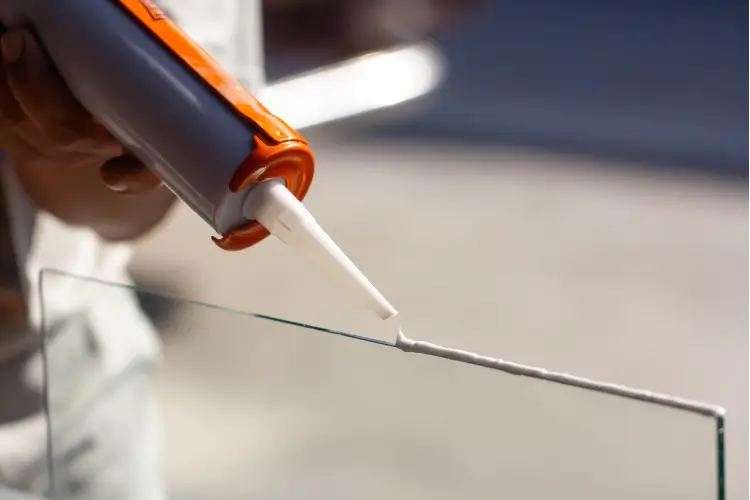Structural adhesives are the muscle behind many modern projects. Unlike their everyday counterparts, these specially formulated glues boast impressive load-bearing capabilities, making them ideal for high-stress applications. From construction to aerospace engineering, structural adhesives offer a strong, versatile alternative to traditional fastening methods like welding and rivets.
But unlocking the full potential of these adhesives requires more than just slapping them on. Proper selection, surface preparation, and application techniques are crucial to achieving maximum strength and a reliable bond. This blog will guide you through everything you need to know to leverage the strength of load-bearing structural adhesives for your next project.
Understanding Structural Adhesives
Compared to your standard glue, these are a different breed. They are engineered to create permanent, high-strength bonds between various materials. Here’s what sets them apart:
- Superior Load-Bearing Capacity: Unlike everyday glues that struggle under pressure, these adhesives can withstand significant static and dynamic loads. They effectively distribute stress across the bonded area, preventing weak points and ensuring a secure hold.
- Versatility Across Materials: Structural adhesives can bond with a range of materials, including wood, metals, plastics, and composites. This makes them ideal for applications where traditional fasteners might struggle or damage the substrates.
- Lightweight Advantage: Compared to welding or riveting, these adhesives add minimal weight to the final product. This is a game-changer in industries like aerospace and automotive, where every ounce counts.
- Uniform Stress Distribution: Traditional fasteners create stress concentrations at the point of attachment. Structural adhesives, on the other hand, distribute stress more evenly across the bonded area, reducing the risk of distortion and fatigue failure.
Applications of Load-Bearing Structural Adhesives
- Automotive Industry: Load-bearing structural adhesives are extensively used in automotive manufacturing to bond body panels, chassis components, and structural reinforcements. By replacing traditional welding and mechanical fasteners, they contribute to weight reduction, improved crash performance, and enhanced durability.
- Aerospace and Aviation: In aerospace, where every ounce counts, load-bearing structural adhesives play a crucial role in bonding aircraft components, such as wings, fuselages, and interior structures. Because they are lightweight and strong, these materials allow for better fuel efficiency and lighter construction without sacrificing safety.
- Construction and Building: Load-bearing structural adhesives are revolutionising the construction industry by offering alternatives to traditional joining methods in building and infrastructure projects. From bonding façade panels to assembling prefabricated elements, these enable faster construction, greater design flexibility, and enhanced structural performance.
- Electronics and Consumer Goods: In electronics and consumer goods industries, where miniaturisation and lightweight design are key priorities, load-bearing structural adhesives are used to bond components, housings, and assemblies. Their ability to create strong, durable bonds without adding bulk makes them invaluable for manufacturing compact and lightweight devices.
Tips for Achieving Optimal Strength
- Surface Preparation: Proper surface preparation ensures strong and durable bonds. Surfaces should be clean, dry, and free of contaminants such as oil, grease, or dust. Mechanical abrasion or chemical treatments may be necessary to promote adhesion.
- Adhesive Selection: Choose the appropriate adhesive formulation based on your application’s requirements, including substrate materials, environmental conditions, and load-bearing demands. Consult with adhesive manufacturers or technical experts to select the most suitable product.
- Bonding Technique: Follow recommended bonding procedures provided by the adhesive manufacturer, including application methods, curing times, and curing conditions. Properly align and clamp bonded components to ensure intimate contact and uniform distribution of adhesive.
- Quality Control: Implement rigorous quality control measures to verify the integrity of bonded joints, including non-destructive testing methods such as ultrasonic inspection or thermography. Monitor adhesive performance over time to detect any signs of degradation or failure.
Load-bearing structural adhesives represent a paradigm shift in engineering and construction, offering unmatched strength, durability, and versatility. Engineers and designers can create lighter, stronger, and more resilient structures by harnessing the power of advanced bonding technology.
Written By: Nolan Harris




